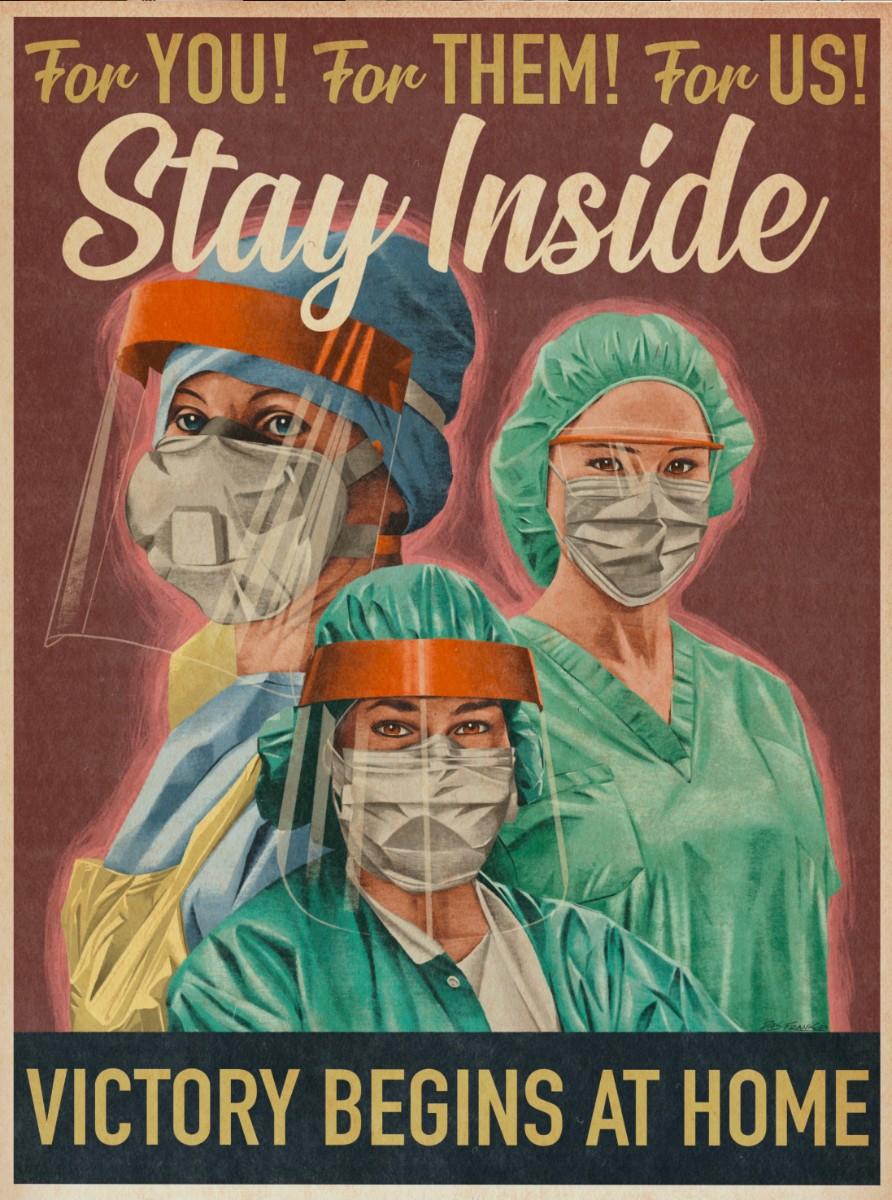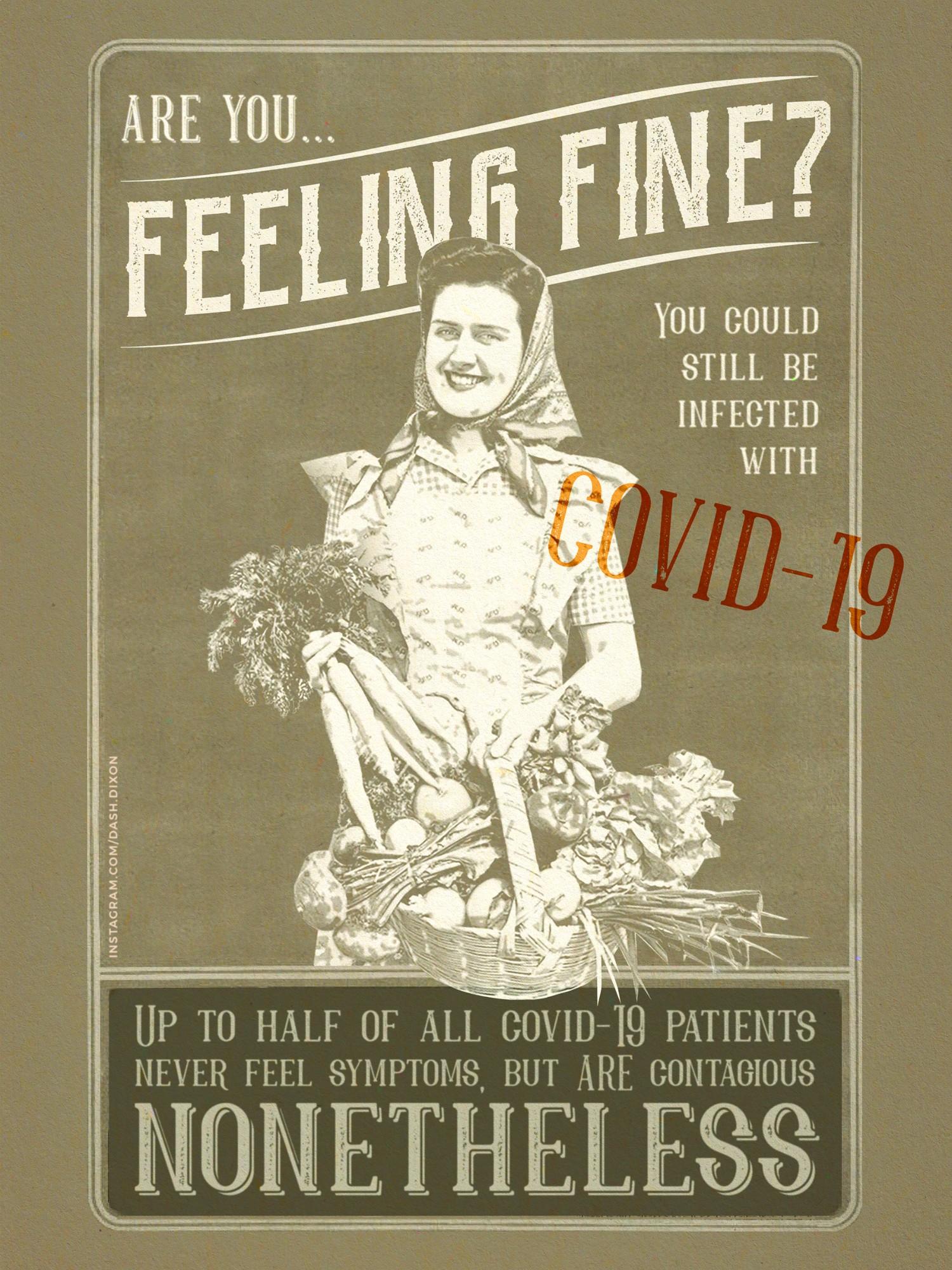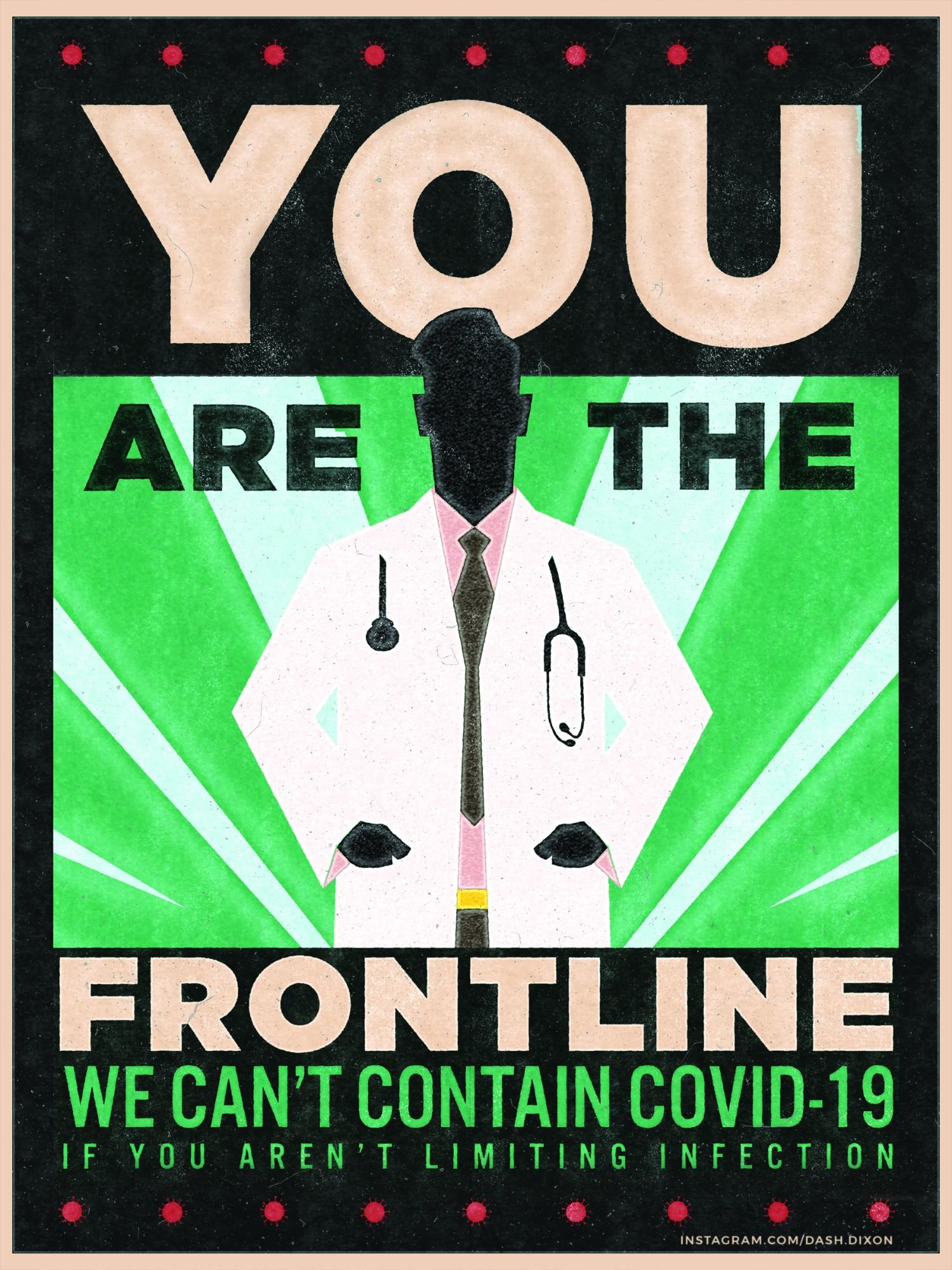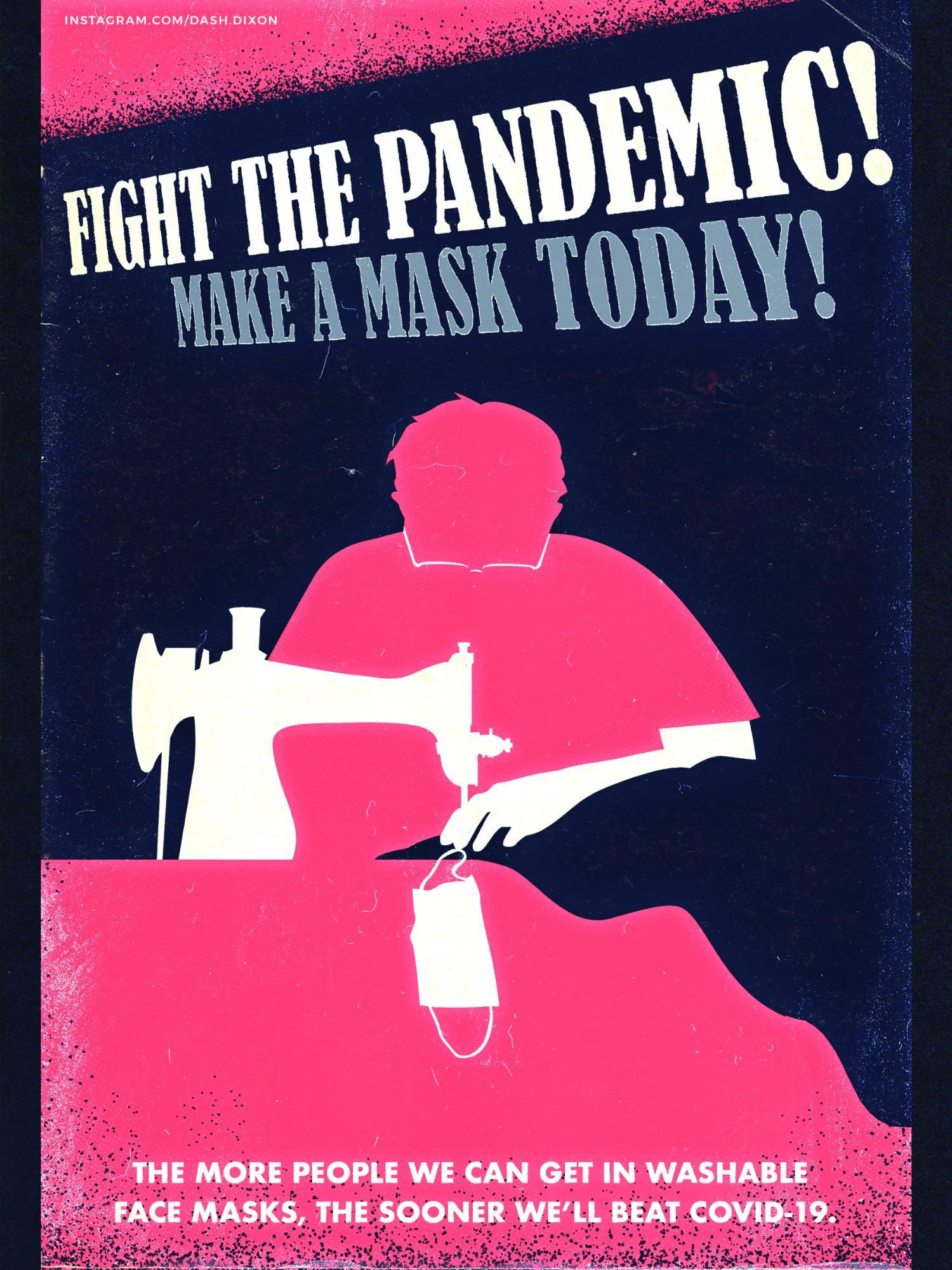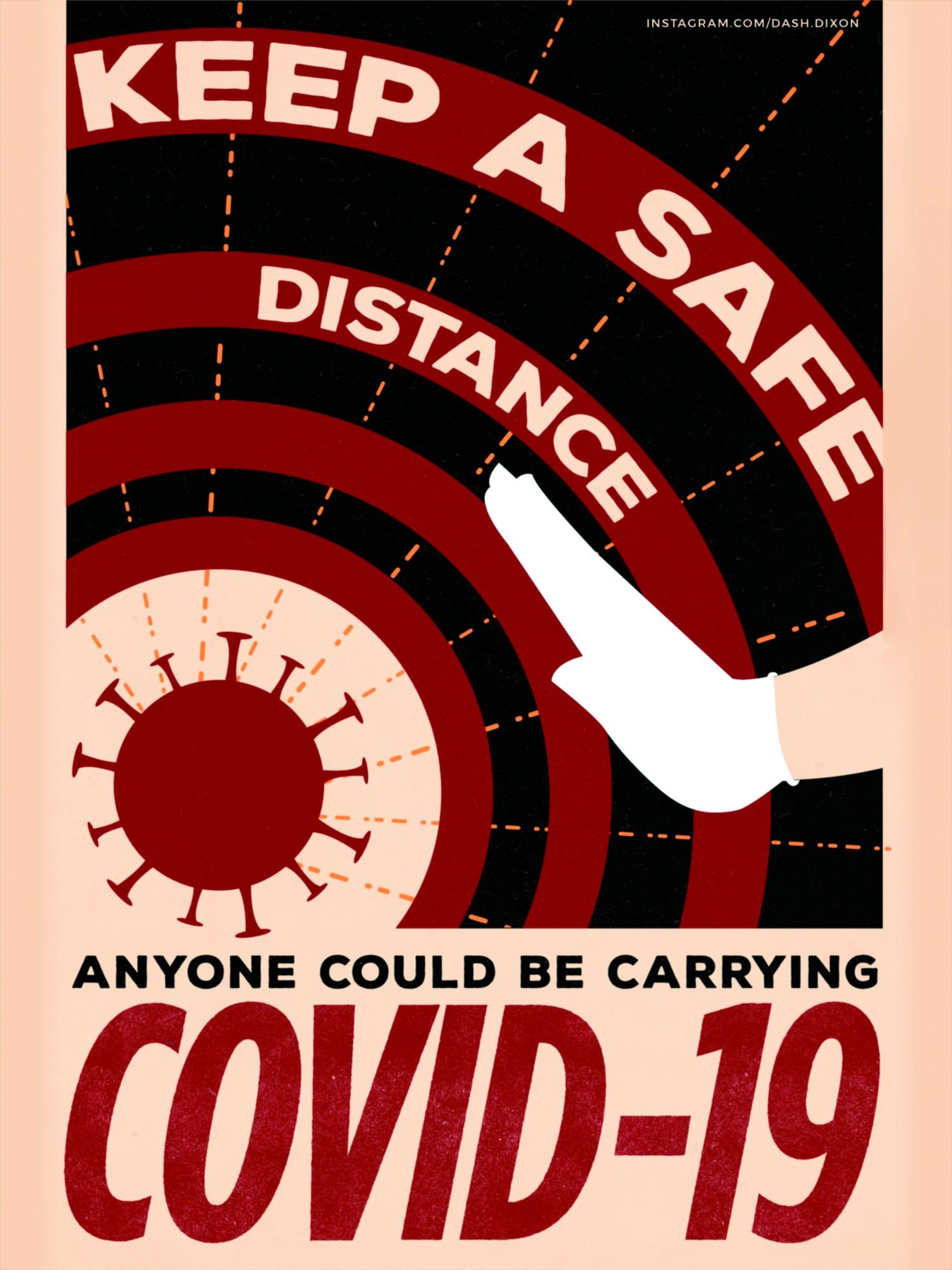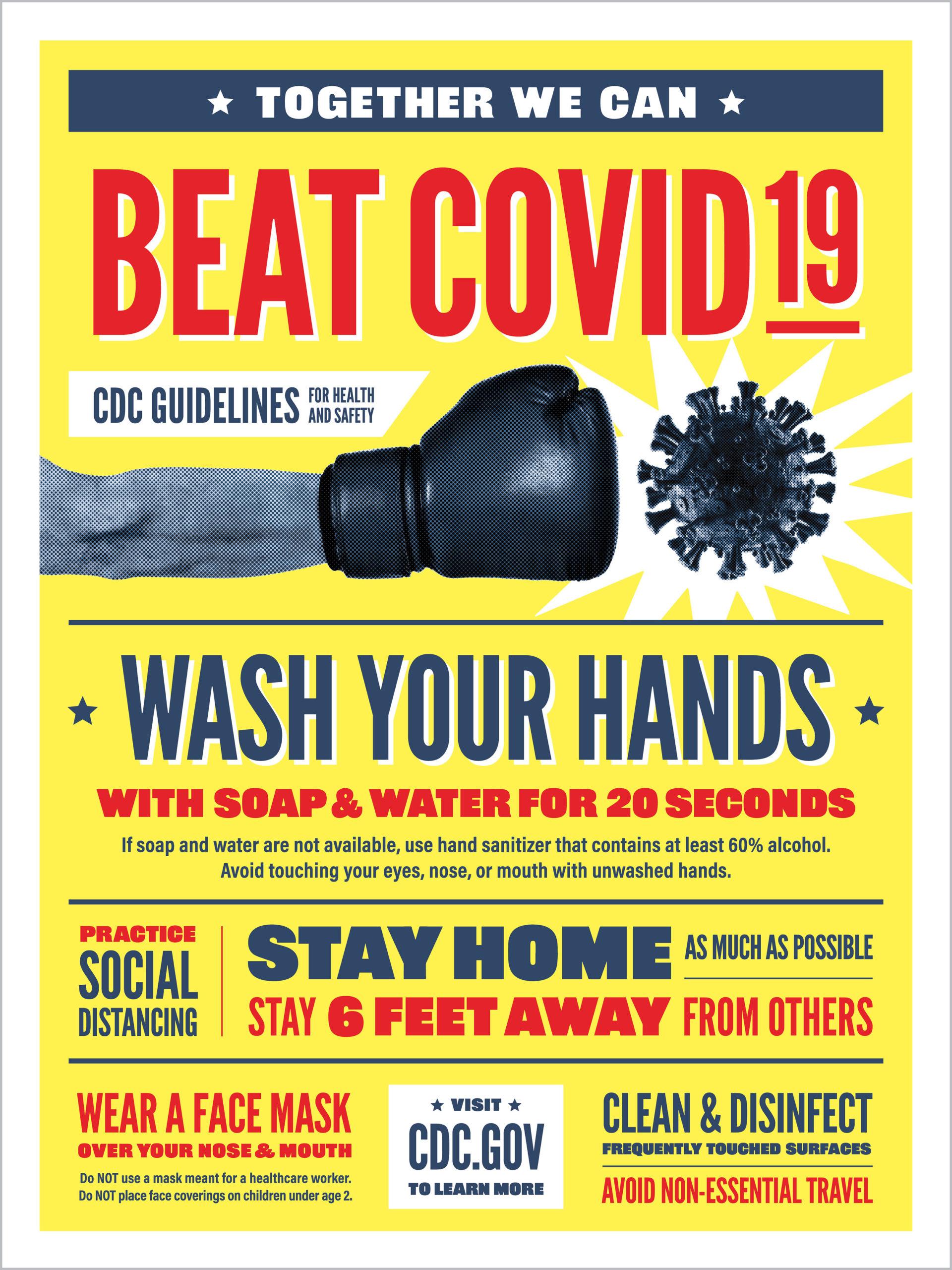Since the COVID-19 emergency began, the importance of handwashing has been brought back to the forefront of hygiene practices and is now one of the most important recommendations given by governments all over the world to fight the spread of the virus. In order to raise awareness, government agencies have begun to create and promote slogans. From the Californian “Stay home. Save Lives” to the Italian hashtag #iorestoacasa (IStayAtHome), the whole world has seen a revival of catchphrases promoting health and hygiene. Many of these echo slogans used during World War I and II. With the loss of lives and socio-economic damage that this pandemic has wrought, it should come as no surprise that it has been frequently compared to the losses of war.
In 1846, the Hungarian doctor Ignaz Semmelweis noticed that the women who gave birth in the doctor-run medical ward of the Vienna General Hospital were more likely to die than the ones in the midwife-run maternity ward. He decided to investigate and discovered that many doctors went to the maternity ward after having performed autopsies. Semmelweis hypothesized that doctors were carrying “cadaverous particles” on their hands and decided to impose mandatory chlorine-based handwashing for all doctors and medical students. Thanks to Semmelweis’s intuition and the implementation of the new practice, the death rates fell dramatically. Almost a hundred years had to pass before the United States Center for Disease Control and Prevention recognized, in the 1980s, the importance of handwashing as a tool for disease prevention and officially encouraged the practice.
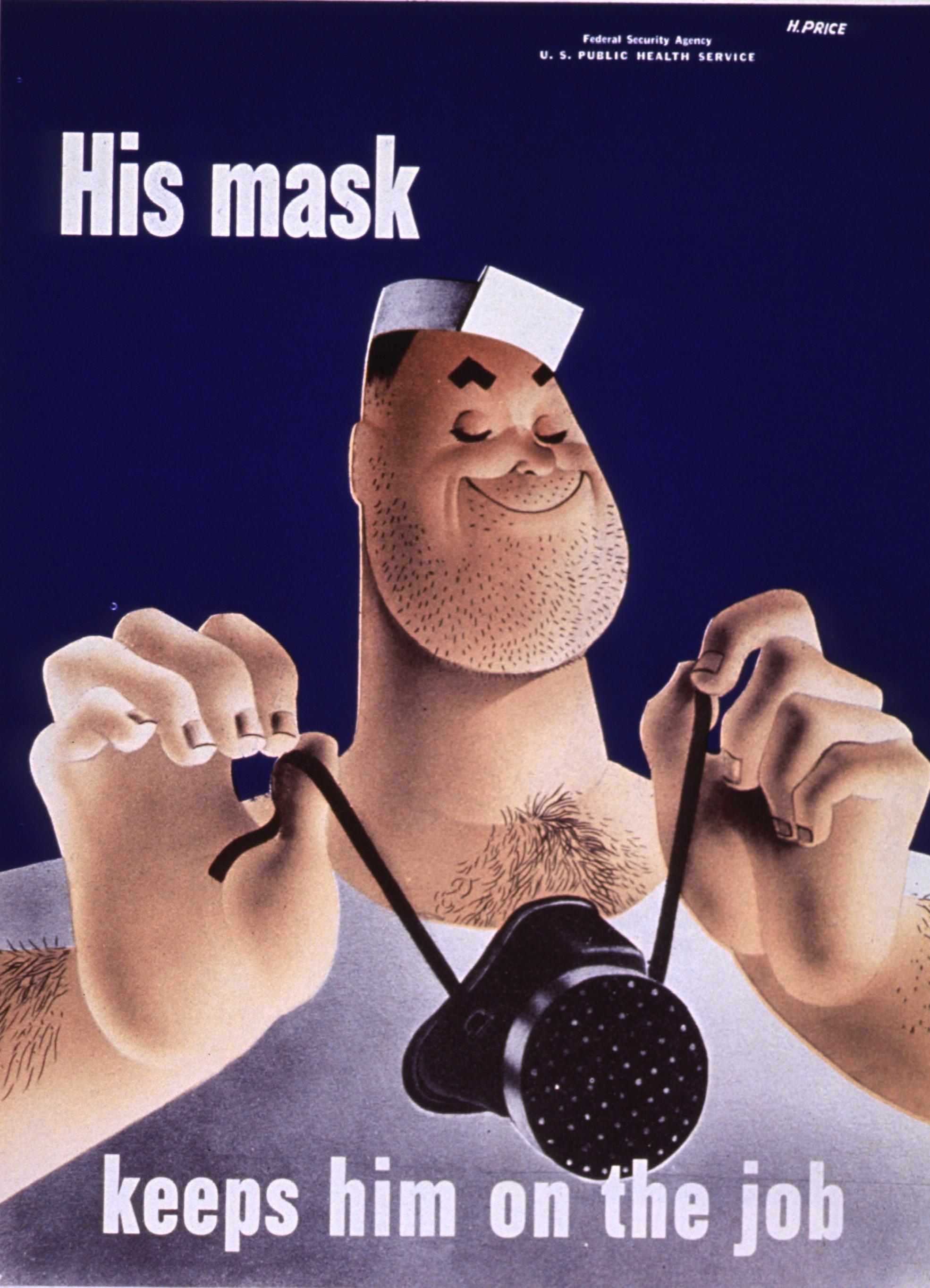
1942 U.S. Public Health Service poster
Many artists have taken inspiration from this war-like situation and decided to contribute to the awareness campaigns in their countries and beyond. One of these artists is Dash Dixon, who has created a series of posters to encourage people to do their part in fighting and containing the virus. The bold colors and catchy slogans are a clear nod towards the posters created during World War I and II. While during both World Wars, international governments were appealing to the civic duty of the people to save resources, buy state bonds, and avoid wasting food, now people are asked to limit the infection by staying inside and avoiding unnecessary travel, wearing protective masks, and washing their hands thoroughly.
On the other side of the globe, the Vietnamese artist Hiep Le Duc told The Guardian that he also wanted to create something that would raise awareness in the population. “I chose the propaganda style,” he said, “because it’s familiar to Vietnamese people and this style always invokes patriotic emotions.” His posters celebrate the efforts made by hospitals, doctors, and nurses, remind people to wear masks, and remain inside as “To stay at home is to love your country.”
Amplifier, a design company that connects artists with organizations working for social change, has launched a global call for art that responds to the COVID-19 crisis. Hundreds of posters encouraging social distancing, handwashing, and remaining hopeful, are available to download for free. Their team of curators includes the artist and activist Hank Willis Thomas, and street artist Shepard Fairey, whose work has long been inspired by and referenced propaganda. Fairey created a poster for the project that honors our heroic frontline workers.
Hygiene campaigns have been a fundamental part of the propaganda efforts of many states over the centuries. During cholera and the 1918 Spanish Flu campaigns, citizens were urged by their governments to adopt “healthy habits,” such as washing hands, staying calm, and wearing masks. In the early 1920s, the Soviet Union promoted cleanliness because a clean body meant a modern, Socialist state (the reforms also added ten years to the life expectancy of Soviet citizens). Similarly, in 1947 a Chinese poster recommends people not to spit in order to prevent deaths by tuberculosis.
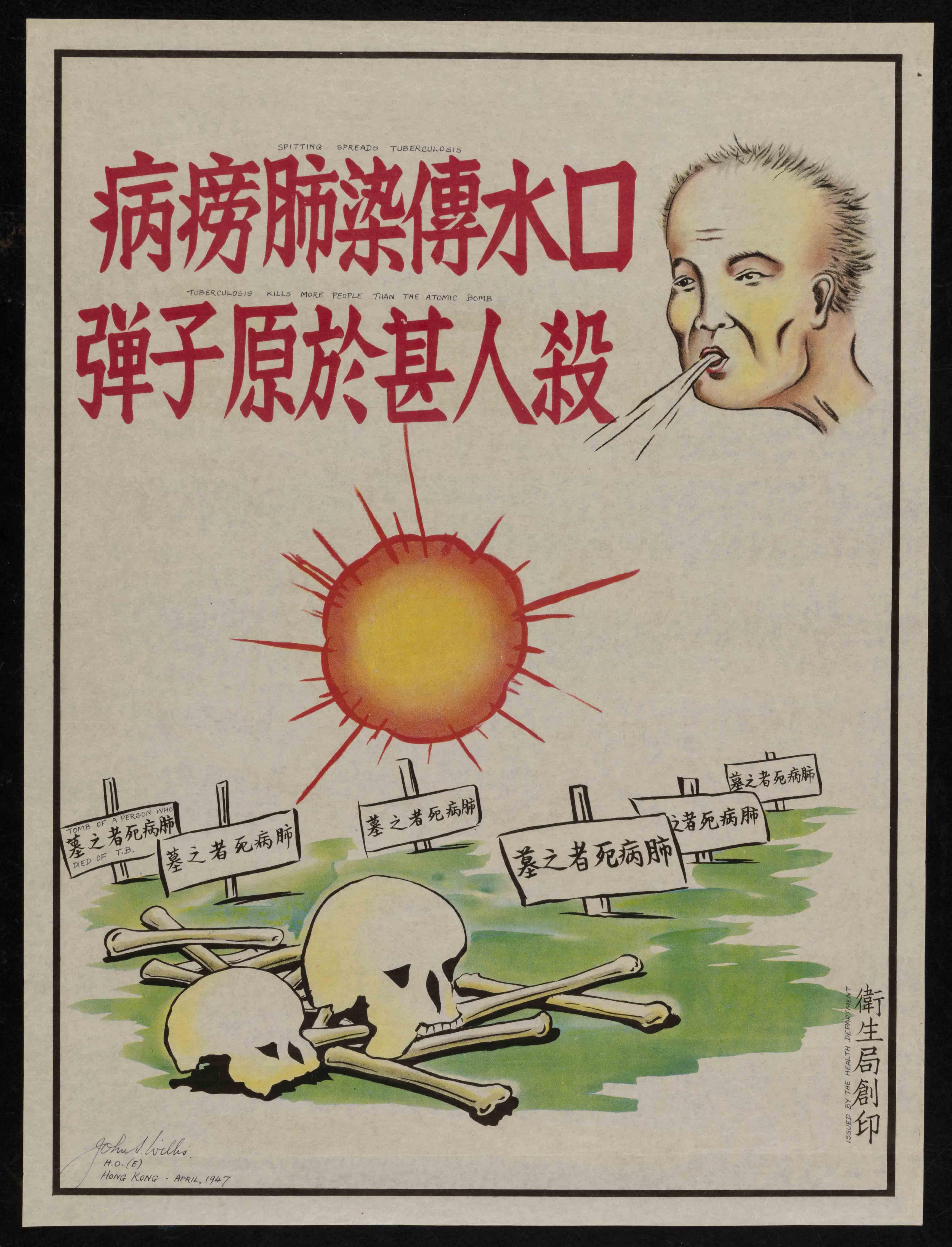
While hygiene propaganda has been an effective tool to improve people’s lives and health conditions, the restrictions put into place by governments are seen by some as an interference into the private lives of citizens. Yet, compared to the times of the Black Plague or cholera epidemics, the arsenal of technological and scientific weapons that are being created and tested to fight COVID-19 has never looked so promising. Until a solution is found, let’s abide by the propaganda messages: stay home, wear a mask, practice social distancing, and wash your hands.




